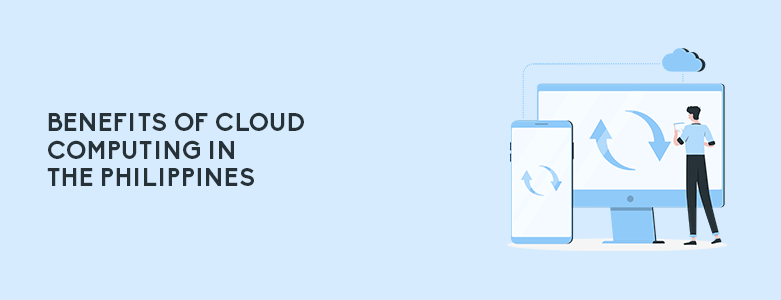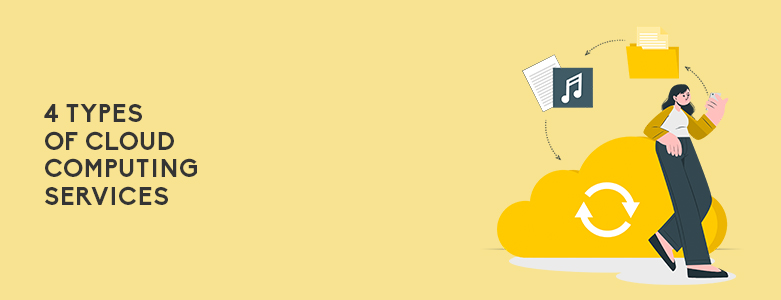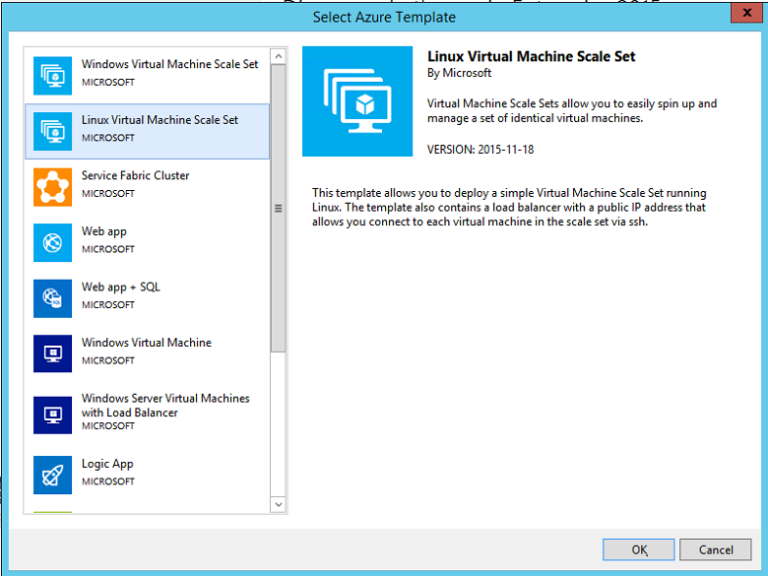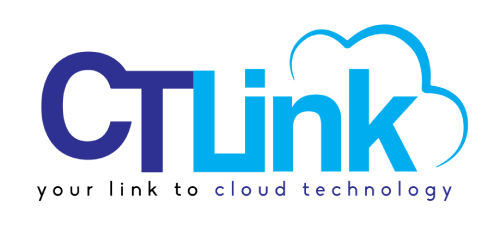Benefits of Cloud Computing in the Philippines

In recent years, the term “cloud computing” has become synonymous with technological advancement and efficiency, revolutionizing the way businesses operate globally. The Philippines, a rapidly developing nation, is no stranger to this transformative wave. In this article, we delve into the myriad benefits that cloud computing brings to the archipelago, shaping a future where businesses […]
4 Types Of Cloud Computing Services

What are the types of cloud computing services? Infrastructure As A Service (IaaS) Platform As A Service (PaaS) Software As A Service (SaaS) Function As A Service (FaaS) Cloud computing involves accessing computing services such as storage, software, analytics, and others, over the internet. This provides plenty of benefits for businesses like reduced IT costs, […]
CT Link Sponsors the Upcoming Technology Conference DPCC 2018!
CT Link Systems, Inc. is co-presenting the upcoming Data Privacy & Cloud Computing (DPCC) Summit 2018 this coming November 8, 2018. CT Link has decided to sponsor this event as one of its initiatives to help give back to the IT community as it celebrates its 20th anniversary this year. DPCC Summit 2018 is the venue […]
Microsoft Azure: an Affordable and Flexible Infrastructure in the Cloud for Businesses

Getting a business started from scratch can be difficult, then adding into the equation of your internal infrastructure? Now that can be a real challenge for some, even daunting. Not knowing exactly what specifications you would need at first for servers can be costly, though this can’t be helped as requirements can be grow as […]
